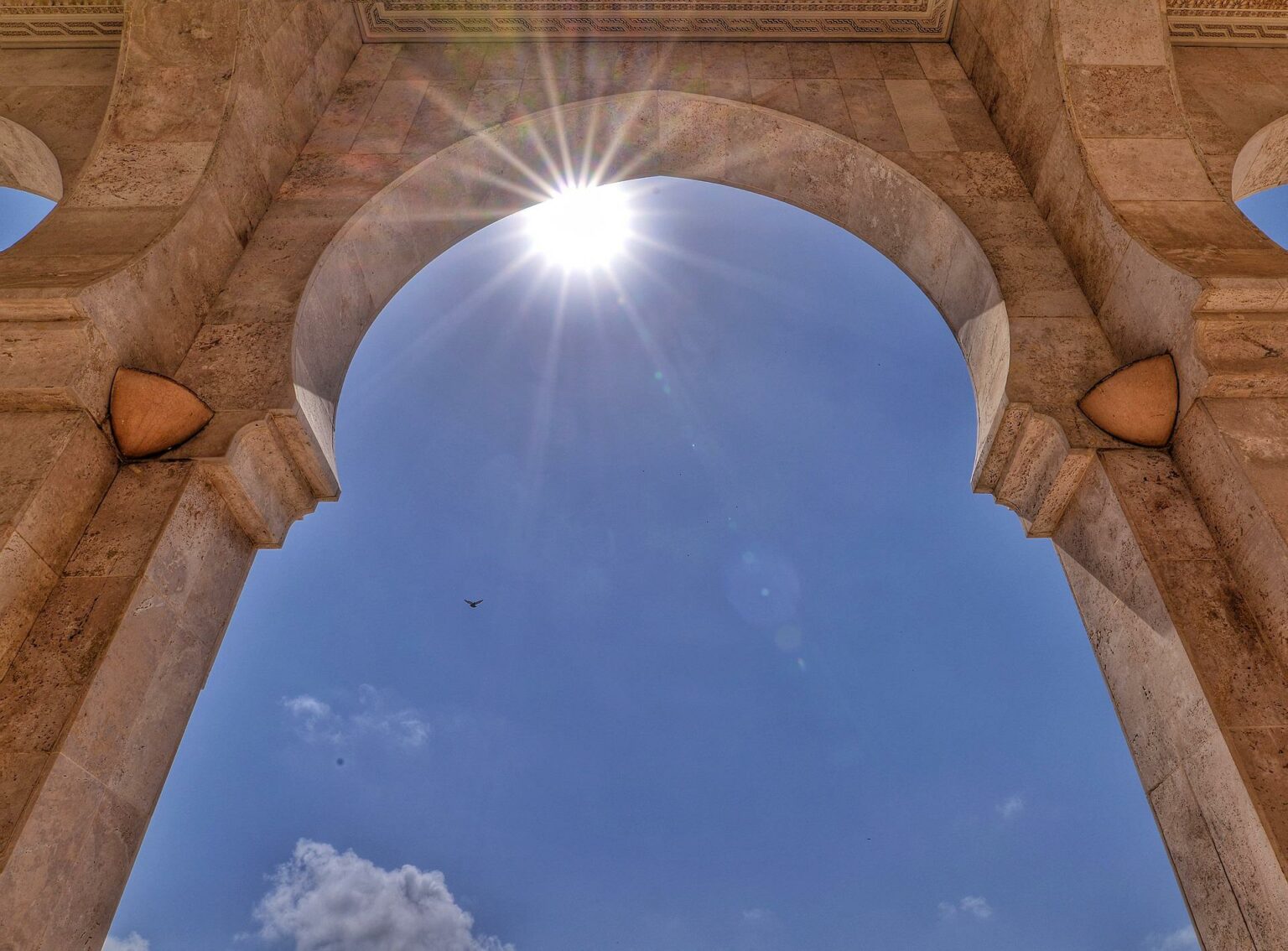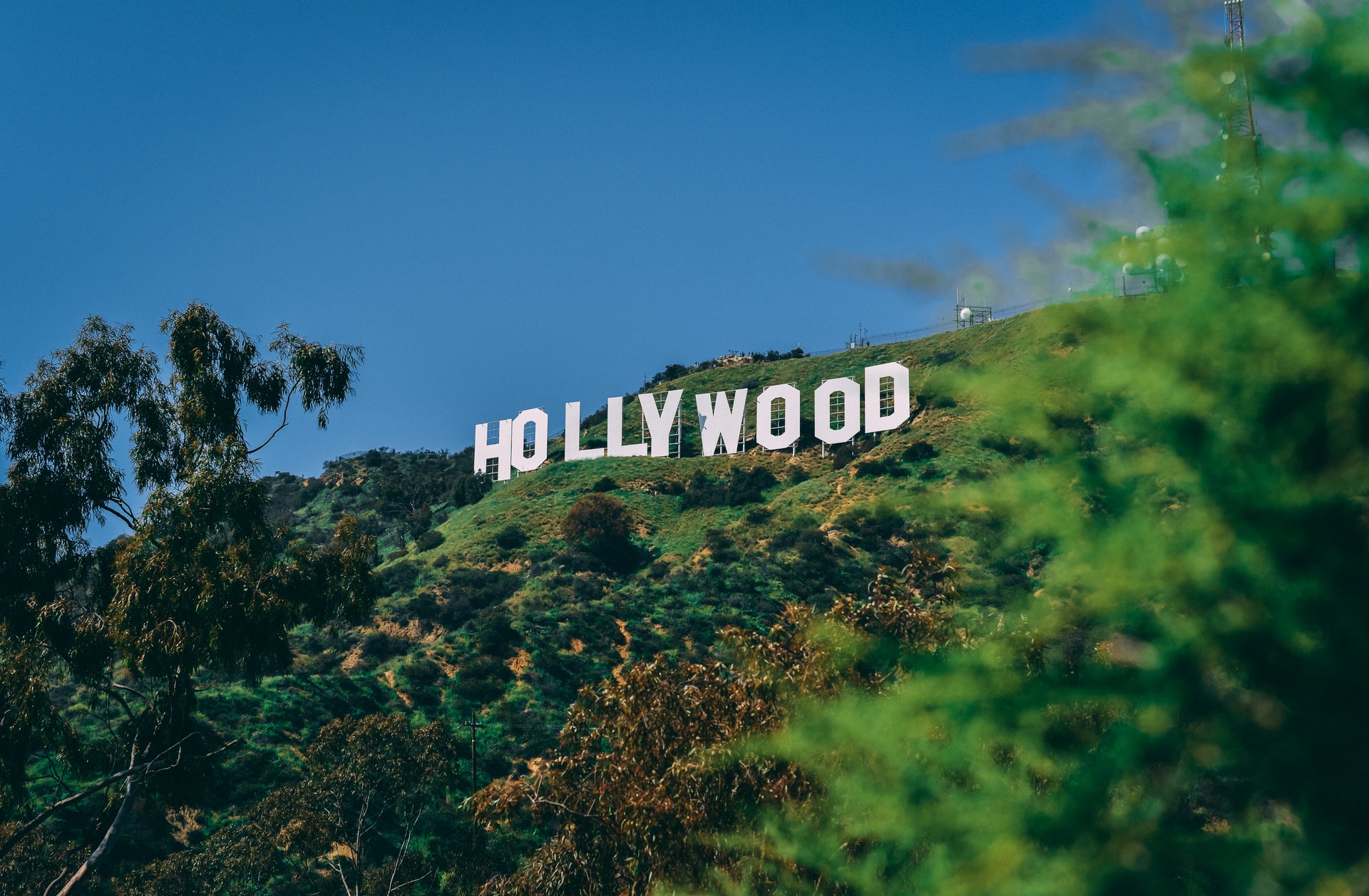Where Was Casablanca Filmed: Locations Behind The Iconic Classic
The 1942 Hollywood classic, "Casablanca," remains one of the greatest films in cinematic history, known for its compelling storyline, unforgettable characters, and timeless quotes. However, a lesser-known aspect of this masterpiece is its filming locations, which played a key role in bringing the wartime drama to life. While the story is set in the exotic city of Casablanca, Morocco, most of the movie was actually shot far from the bustling streets of North Africa. The film's production utilized the artistic expertise of Warner Bros.’ studios in Burbank, California, where elaborate sets were constructed to replicate the Moroccan ambiance. From Rick's Café Américain to the airport runway, every scene was crafted with meticulous detail to transport audiences to the heart of Casablanca during World War II.
The movie’s ability to capture the essence of Casablanca without actually filming on location has intrigued film enthusiasts, historians, and travelers alike. The creative decisions made by the filmmakers to recreate Morocco's environment on soundstages reflect the ingenuity and resourcefulness of Hollywood during the Golden Age of Cinema. Despite the lack of on-location filming, the film managed to portray an atmosphere that felt authentic and immersive, leaving viewers mesmerized to this day.
In this article, we’ll delve deeper into the specifics of where "Casablanca" was filmed, exploring the production techniques, the iconic sets, and the reasons why the filmmakers opted for studio-based shooting. We’ll also address frequently asked questions about the film’s production, its cultural significance, and the lasting appeal of its cinematic universe. Let’s embark on this deep dive into the artistry behind one of the most beloved films of all time.
- 4 Oz Of Chicken Protein
- Nova Kombucha
- Boutique Homes
- The Loop Jacksonville
- Mario S Restaurant Boca Raton
Table of Contents
- Biography of Casablanca: A Cinematic Masterpiece
- How Did the Film "Casablanca" Start Production?
- Where Was Casablanca Actually Filmed?
- Why Didn't They Film in Morocco?
- Iconic Sets of Casablanca
- Rick’s Café Américain: The Heart of "Casablanca"
- How Did the Airport Scene Come to Life?
- Cinematic Techniques Used in "Casablanca"
- What Made the Film Look So Authentic?
- Behind the Scenes of Warner Bros. Studios
- How Did Production Limitations Shape the Film?
- Legacy of Filming in Studios
- Frequently Asked Questions
- Conclusion
Biography of Casablanca: A Cinematic Masterpiece
"Casablanca," directed by Michael Curtiz, is a 1942 romantic drama set during World War II. Centered around themes of love, sacrifice, and resistance, the film features iconic performances by Humphrey Bogart as Rick Blaine and Ingrid Bergman as Ilsa Lund. Its screenplay, written by Julius J. Epstein, Philip G. Epstein, and Howard Koch, is based on the unproduced play "Everybody Comes to Rick's" by Murray Burnett and Joan Alison.
Personal Details and Bio Data of the Film
| Title | Casablanca |
|---|---|
| Director | Michael Curtiz |
| Release Year | 1942 |
| Lead Actors | Humphrey Bogart, Ingrid Bergman |
| Setting | Casablanca, Morocco |
| Filming Locations | Warner Bros. Studios, Burbank, California |
The film won three Academy Awards, including Best Picture, and continues to be celebrated for its powerful storytelling and timeless appeal. Its influence on popular culture is immeasurable, with countless references, homages, and parodies stemming from its memorable dialogue and characters.
How Did the Film "Casablanca" Start Production?
The production of "Casablanca" began during a tumultuous time in world history. America had just entered World War II, and Hollywood studios were producing films that reflected the uncertainty and resilience of the era. Warner Bros., known for its socially conscious films, saw "Casablanca" as an opportunity to address the war effort while telling a compelling love story.
- Electric Entertainment
- Rta Shir
- Daniel S Broiler Lake Union
- Phare Acrobatic Show Siem Reap
- Fiambre Guatemala
The studio acquired the rights to the unproduced play "Everybody Comes to Rick's" for $20,000, a significant amount at the time. The screenplay underwent several rewrites to adapt the stage play into a cinematic narrative. Interestingly, the ending of the film was not finalized until late in production, adding to the tension and unpredictability of the project.
Where Was Casablanca Actually Filmed?
Contrary to what the title suggests, "Casablanca" was not filmed in Morocco. Instead, the entire movie was shot on soundstages at Warner Bros. Studios in Burbank, California. This decision was influenced by several factors, including logistical challenges and budget constraints. The studio's art department meticulously recreated the Moroccan cityscape, ensuring that every detail—from the architecture to the lighting—felt authentic.
Some exterior scenes, such as the airport sequence, were filmed on a backlot, utilizing forced perspective and fog machines to create the illusion of depth and distance. These technical innovations were instrumental in making the film's visual effects convincing, especially given the limitations of the era.
Why Didn't They Film in Morocco?
Reasons for Studio-Based Filming
Filming in Morocco was considered impractical due to the ongoing war and the logistical difficulties of transporting cast, crew, and equipment overseas. Additionally, the cost of on-location shooting would have exceeded the film's modest budget. Studio-based filming allowed the production team to maintain greater control over the environment, ensuring consistency and efficiency.
Moreover, the political climate and safety concerns further deterred the filmmakers from venturing abroad. By choosing to film in California, Warner Bros. could leverage its existing resources and expertise to create a convincing portrayal of Casablanca without the risks associated with international travel.
Iconic Sets of Casablanca
The sets of "Casablanca" are among the most memorable in cinematic history. Rick's Café Américain, in particular, stands out as the centerpiece of the film. Designed to emulate a Moroccan nightclub, the set featured intricate details such as ornate lanterns, mosaic patterns, and arched doorways. These elements contributed to the film's exotic and romantic atmosphere.
Other notable sets include the bustling marketplace, the police station, and the airport runway. Each location was carefully crafted to reflect the socio-political tension and cultural diversity of Casablanca during the war.
Rick’s Café Américain: The Heart of "Casablanca"
Rick's Café Américain serves as the central hub for the film's characters and plot developments. The set's design was inspired by real Moroccan architecture, blending authenticity with artistic license. Its dimly lit interiors, complete with a piano and bar, provided the perfect backdrop for the film's most iconic scenes.
The café also symbolizes the complex moral landscape of the story, where loyalties are tested, secrets are revealed, and love is rekindled. It remains one of the most iconic locations in film history, inspiring real-life replicas around the world.
How Did the Airport Scene Come to Life?
The climactic airport scene, where Rick and Ilsa say their emotional goodbye, was filmed on a Warner Bros. backlot. To create the illusion of a sprawling runway, the production team used forced perspective, placing small-scale models of airplanes in the background. Fog machines were employed to obscure the set's boundaries, adding a layer of mystery and drama.
This scene is a testament to the ingenuity of the filmmakers, who overcame technical limitations to deliver a visually striking and emotionally resonant moment. It remains one of the most iconic endings in cinematic history.
Frequently Asked Questions
- Was any part of "Casablanca" filmed in Morocco?
No, the entire film was shot at Warner Bros. Studios in California. - Why didn't they film on location in Casablanca?
Logistical challenges, budget constraints, and safety concerns during World War II made on-location filming impractical. - What inspired the design of Rick's Café Américain?
The set was inspired by real Moroccan architecture, blending authenticity with artistic elements. - How did they create the airport scene?
The scene was filmed on a backlot using forced perspective, fog machines, and small-scale models. - Who designed the sets for "Casablanca"?
The sets were designed by Warner Bros.' talented art department, led by Carl Jules Weyl. - What is the legacy of "Casablanca" in modern cinema?
"Casablanca" remains a benchmark for storytelling and production design, influencing countless films and filmmakers.
Conclusion
"Casablanca" is a testament to the magic of filmmaking, proving that creativity and craftsmanship can overcome logistical and financial limitations. While the film was not shot in Morocco, its meticulously designed sets and innovative techniques successfully transported audiences to the vibrant streets of Casablanca. Decades later, the movie continues to captivate viewers, solidifying its place as one of the greatest films ever made.
By exploring the behind-the-scenes efforts that brought "Casablanca" to life, we gain a deeper appreciation for the artistry and dedication that define this cinematic masterpiece. Whether you're a film enthusiast, history buff, or casual viewer, the story behind "Casablanca" offers valuable insights into the power of storytelling and the enduring legacy of Hollywood's Golden Age.

Where Was “Casablanca” Filmed? Peerspace

Where Was “Casablanca” Filmed? Peerspace